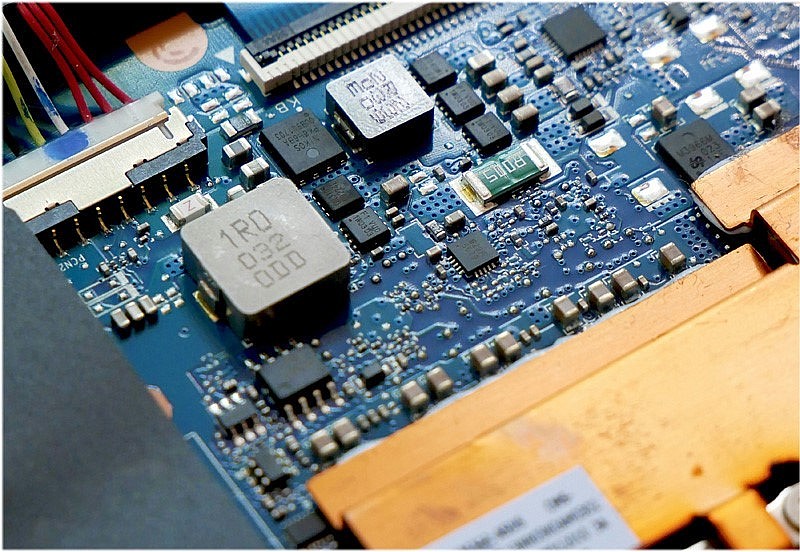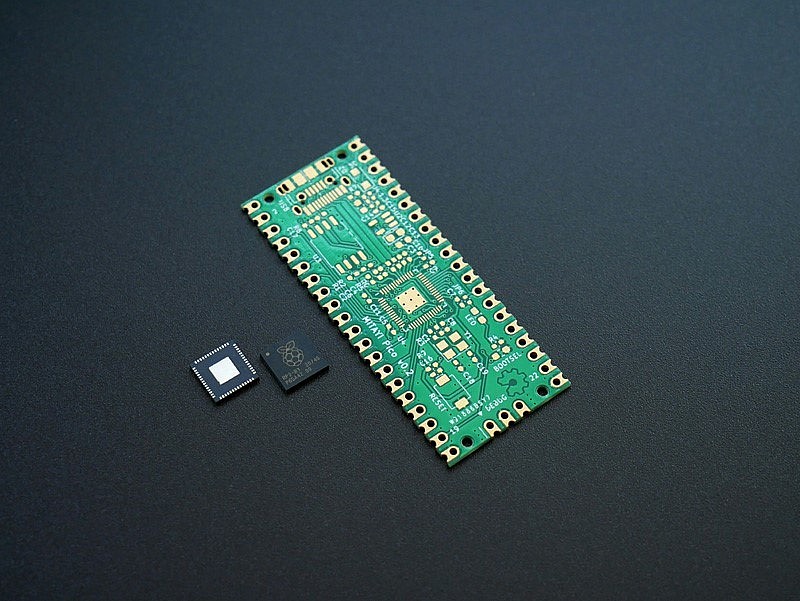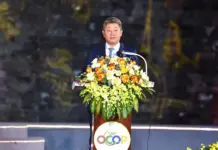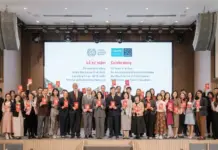 |
The government has recently approved proposals for three new semiconductor manufacturing facilities, marking an important milestone in its strategy. These facilities will contribute to the creation of a domestic industry for producing critical components in India. Construction on all three facilities will begin within the next 100 days.
One significant aspect of this initiative is the involvement of private industry, encouraged by the government. This will lead to the establishment of many new units in collaboration mode across India, enhancing reliability and redundancy in the semiconductor field. India aims to become a world leader in this field.
To develop a domestic ecosystem for manufacturing semiconductors and displays, India launched the Semiconductor Mission (ISM) in December 2021. With a budget of Rs. 76,000 crores, the mission aims to make India a major player in the semiconductor industry. As part of this mission, the government approved a proposal from Micron, a US firm, to build a semiconductor facility in Sanand, Gujarat.
India’s Semiconductor Mission has attracted significant interest from major semiconductor companies worldwide. The Indian government has announced financial incentives totalling US$ 7 billion for several new semiconductor manufacturing facilities, including collaboration with Micron. Furthermore, India is actively attracting foreign companies like Foxconn and AMD to establish local operations.
This comprehensive plan, designed for a 20-year timeframe, leverages India’s existing pool of 300,000 design engineers who contribute to the global chip design landscape.
 |
While the Micron facility is under construction in Gujarat, Tata Electronics Private Limited (TEPL) has partnered with Powerchip Semiconductor Manufacturing Corp (PSMC) from Taiwan to build a semiconductor fabrication facility in Dholera, Gujarat. This facility will have a production capacity of 50,000 wafers per month (WSPM) and focus on creating chips for various sectors such as high-performance computing, electric vehicles, and consumer electronics. The total investment for this project is estimated to be Rs. 91,000 crores. Construction of the TEPL plant is expected to begin in about three months.
Tata Semiconductor Assembly and Test (TSAT) plans to build another semiconductor plant at Morigaon, Assam. This new facility, estimated to cost Rs. 27,000 crores, will focus on three main technologies: Wire Bond, Flip Chip, and Integrated Systems Packaging (ISP). TSAT is developing its own advanced packaging technologies, including flip chip and ISIP (integrated system in package). Once operational, the facility will have a daily production capacity of 48 million units and serve various sectors including automotive, electric vehicles, consumer electronics, telecom, and mobile phones. It is expected to generate over 27,000 jobs directly and indirectly.
Gujarat continues to be a favored location for semiconductor plants. CG Power has partnered with Renesas Electronics from Japan and Stars Microelectronics from Thailand to build a new semiconductor facility in Sanand, Gujarat, with an investment of Rs. 7,600 crore. Renesas, a major player in specialized chips, will provide the technological expertise. Another JV between Murugappa group, Renesas Electronics, and Stars Microelectronics is planned to establish a semiconductor assembly and testing facility in Gujarat.
Tower Semiconductor, an Israeli chipmaker, is nearing the final stages of securing approval for an US$ 8 billion fabrication plant in India. This would be the first instance of a top global company participating in India’s $10 billion chip manufacturing initiative. Samsung Semiconductor India Research has opened a new R&D facility in Bengaluru, focusing on cutting-edge research.
The government’s Design-Linked Incentive Scheme is also supporting domestic companies. Saankhya Labs and SensesemiTechnologies have received approval under this scheme to develop advanced solutions for various applications, including 5G, satellite communication, and medical devices. As India embarks on this ambitious journey, the development of advanced packaging technologies through ISM leads the way.
ISM is a transformative step in India’s technological growth and employment generation. The newly planned units are expected to create 20,000 direct jobs and an estimated 60,000 indirect jobs across industries. India aims to capture a significant market share in the 28 nanometer and above chip segment.
The public-private partnership in the semiconductor field and the government’s push have enabled the industry to work faster. This is a major step forward for India, which previously struggled to attract global semiconductor companies. India’s growing presence in the global semiconductor landscape is crucial as most of the world’s chip manufacturing is concentrated in a few countries. The combination of indigenously created chips and the ability to attract major players indicates that India is ready for the high road in semiconductors.
Six foreign tourists found self-isolating in a cave
People living under coronavirus lockdown measures are adapting as best they can, but six foreign tourists took an unusual approach by hiding out in a cave.








